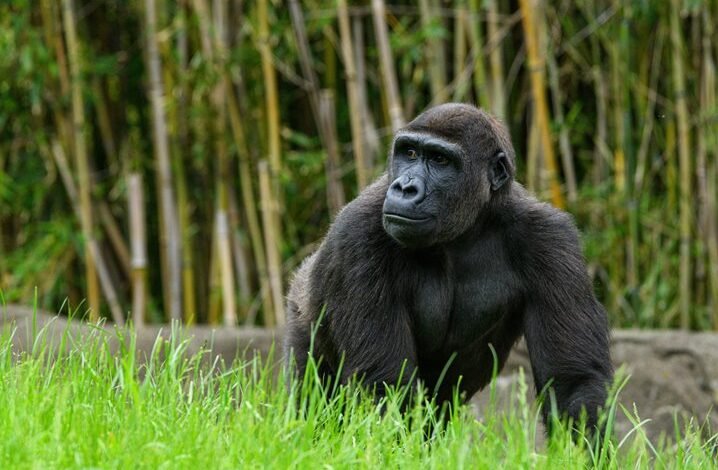Understanding Landscape: Nature

Landscapes are shaped by natural forces, revealing the Earth's dynamic history. Tectonic movements, erosion, and climatic conditions sculpt valleys and mountains, creating diverse environments. Each formation holds a narrative of resilience and adaptation. However, human activity and climate change threaten these delicate ecosystems. Understanding these interactions is crucial for fostering a sustainable relationship with our planet. What implications do these changes hold for the future of our landscapes?
The Formation of Natural Landscapes
As tectonic plates shift beneath the Earth's surface, they sculpt the diverse array of natural landscapes that define our planet.
Erosion processes further refine these geological formations, carving valleys and shaping mountains with relentless precision.
Over time, water, wind, and ice collaborate, unveiling stunning vistas.
Understanding these mechanisms fosters appreciation for Earth's beauty, inspiring a longing for freedom in exploring its magnificent terrains.
The Impact of Human Activity on Landscapes
Natural landscapes, once shaped by the slow dance of geological forces and the relentless power of erosion, are increasingly influenced by human activity.
Urban development alters natural habitats, replacing verdant expanses with concrete jungles, while agricultural expansion encroaches upon ecosystems, disrupting biodiversity.
These transformations challenge the essence of freedom inherent in nature, urging society to reconsider its relationship with the landscapes that sustain it.
Climate Change and Its Effects on Natural Environments
Climate change, driven by human-induced greenhouse gas emissions, profoundly alters natural environments across the globe. Its effects threaten biodiversity, disrupt ecosystems, and challenge the very foundations of life.
Implementing effective climate adaptation strategies is essential to fostering ecological resilience, enabling environments to withstand and recover from change. As stewards of the earth, humanity must act decisively to safeguard freedom and preserve natural landscapes.
Conclusion
In the garden of existence, landscapes are the stories written by the Earth, each valley a whispered secret, and every mountain a bold proclamation of resilience. As humanity tends to this garden, it must nurture rather than exploit, recognizing that a single careless act can uproot generations of beauty. Embracing stewardship over destruction, we can ensure that the tales etched in stone and soil continue to flourish, inviting future wanderers to marvel at the wonders of our shared home.




